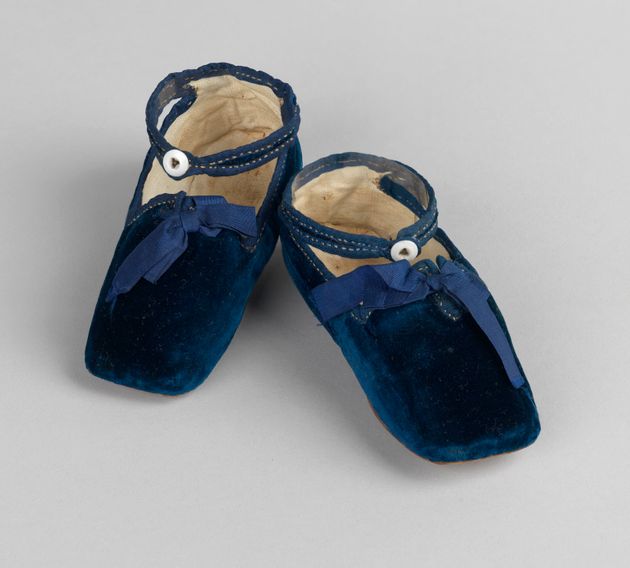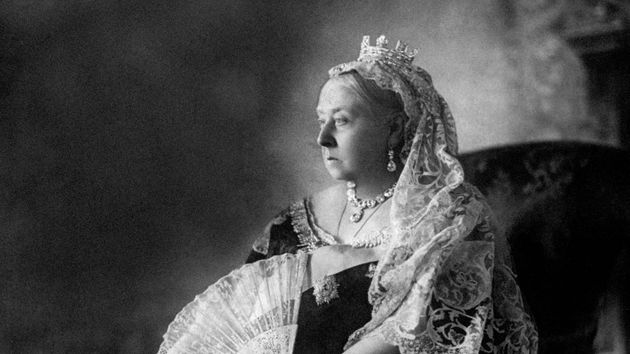
It is said that Queen Victoria had great difficulty showing affection towards her nine children, believing it her duty to be “severe”.
Which makes the mementoes of their childhoods that she had created all the more curious.
A casket was specially-built to house the baby teeth of her five daughters and four sons and the queen also had pure white marble casts of her infants’ limbs made to remind her of their folds and curves.
These odd items are just some of those owned by the 19th century sovereign to go on exhibition at the royal residence in London this summer to celebrate the 200th anniversary of Victoria’s birth this year.
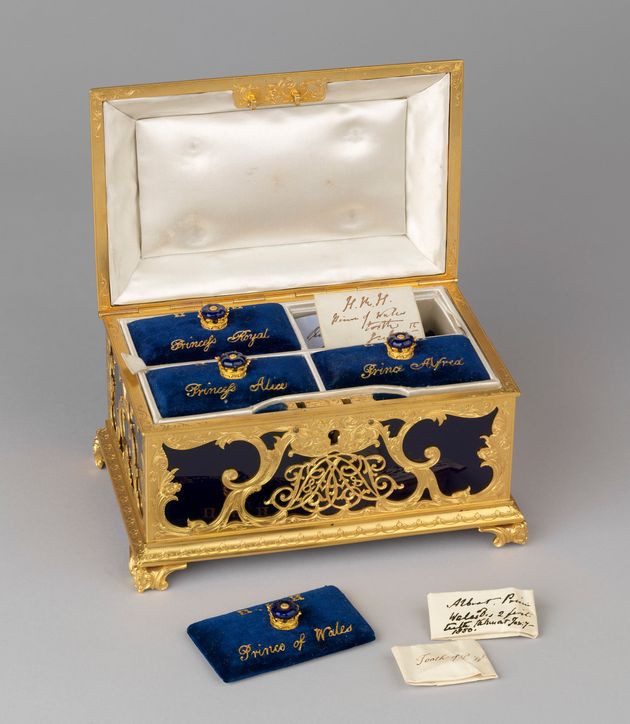
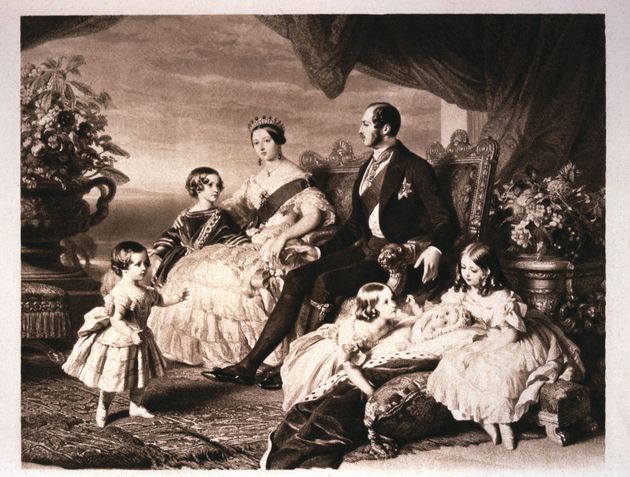
A model of Prince Albert Edward’s arm and hand, the left foot of Victoria, Princess Royal, will both be on display, placed carefully on crimson velvet cushions.
Dr Amanda Foreman, co-curator of the exhibition, said: “Victoria had great trouble showing simple affection towards her children… She didn’t have the normal upbringing that would have enabled her to be a normal mother herself so she expressed her love through things.”
In total, Victoria amassed a collection of 14 marble hands and feet, which were kept under glass domes to preserve their pristine whiteness.
Each of the marble limbs was carved on the basis of a cast, made from moulds in plaster of Paris, usually when the children were asleep.
Dr Foreman added: “What these objects show is what her words couldn’t express which is this deep, fierce passionate love for her children, and for the recognition that childhood is so important – the thing that she felt she never had.
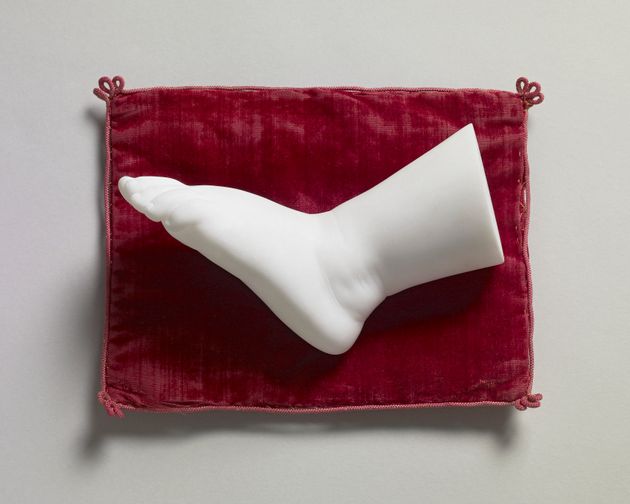
“There’s so much love in these marble hands and feet.
“It’s really interesting because it’s so unusual today. I mean you would think ‘What was going on her head?’
“We might even associate it with death – gravestones, but that’s not at all how it was associated then.”
When it looked likely she would become the heiress presumptive, her childhood became governed by a series of strict rules called the Kensington System.
She was kept under constant surveillance and isolated from the company of other children at the instruction of her mother the Duchess of Kent and her father’s former equerry John Conroy.
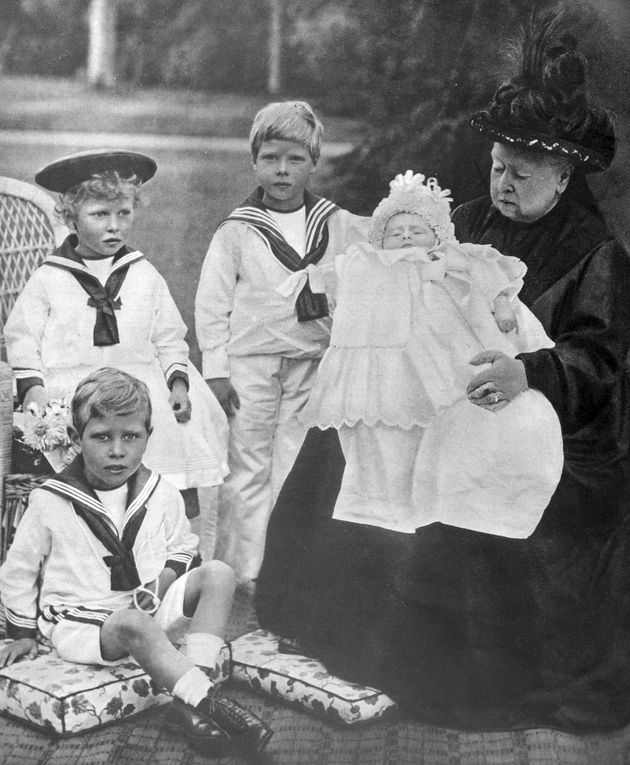
Victoria also kept the first baby shoes of her eldest son Prince Albert Edward, who became Edward VII.
The tiny blue velvet slip-ons, fashioned with a matching bow and held in place with an ankle strap and a white button, are inscribed on the bottom with the words: “The Prince of Wales first shoes worn – July – 1842”.
The baby teeth box has satin-lined compartments, with blue velvet lids each featuring a tiny golden crown and the embroidered names of Victoria’s four oldest children – the Princess Royal, the Prince of Wales, Princess Alice and Prince Alfred.
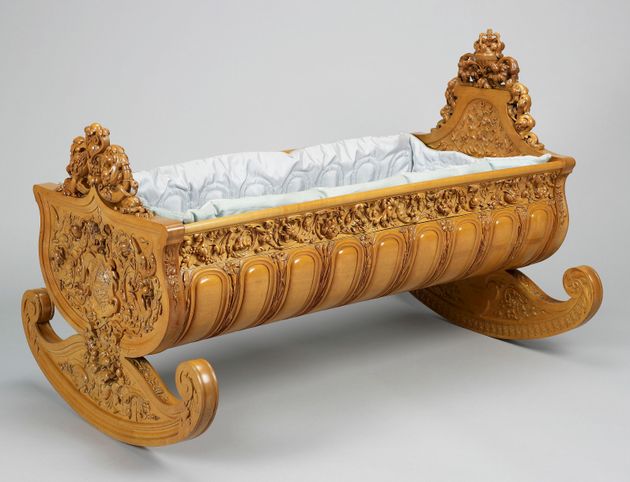
The teeth are wrapped in delicate paper inscribed with italic writing recording names and dates.
As part of the summer opening, a waltz danced during a ball staged at Buckingham Palace to mark the end of the Crimean War will also be recreated in the ballroom.
A Victorian illusion technique, known as Pepper’s Ghost, and projections around the room will enable visitors to imagine the ballroom as Victoria and Prince Albert would have known it.
As a child, Victoria was forbidden from taking part in the scandalous new dance called the waltz. She would never waltz until married to Prince Albert.
The exhibition – Queen Victoria’s Palace – can be viewed during the summer opening of the State Rooms at Buckingham Palace, from July 20 to September 29 2019.
